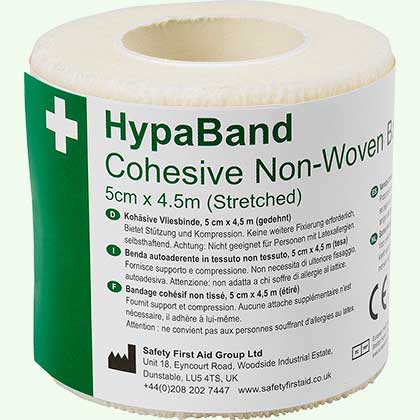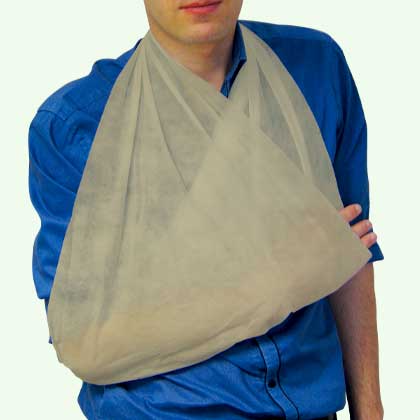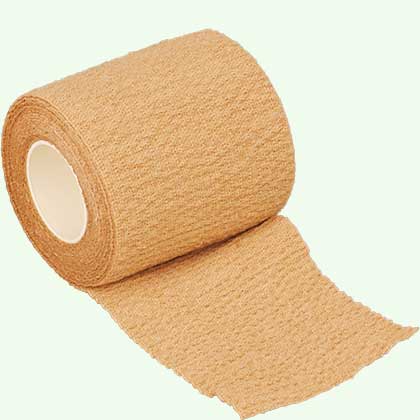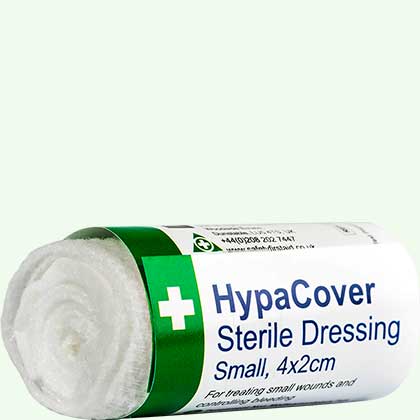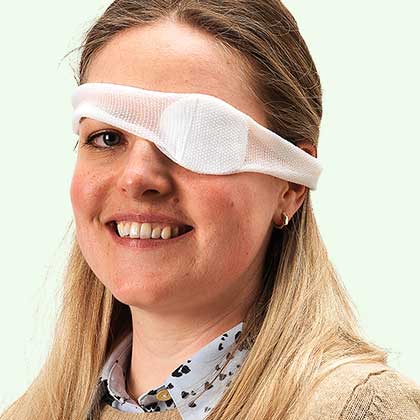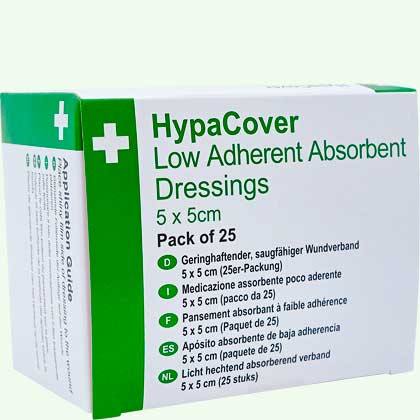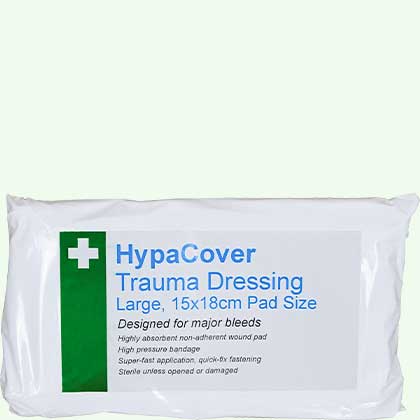
Dressings and bandages are two of the most commonly used first aid items and should be found in every first aid kit. Their names are often used together or interchangeably, so you may be wondering: What exactly is the difference between a bandage and a dressing?
Is there a difference between bandages and dressings?
There is a slight distinction between dressings and bandages: a dressing is usually placed directly onto an injury or wound to facilitate the healing process, while a bandage is a supportive tool used to hold a dressing in place.What should a bandage be used for?
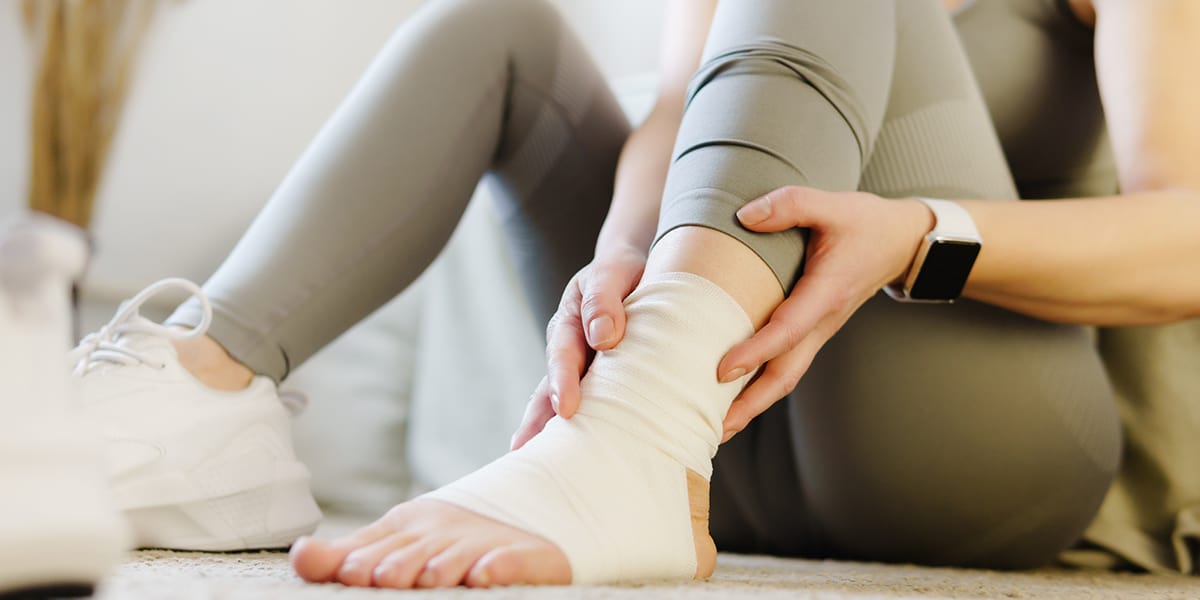
There are many kinds of bandages that each serve different purposes. A bandage can be used to:
- Secure a wound dressing in place
- Provide support to an injured joint or limb
- Apply pressure over an absorbent pad or dressing to control bleeds
Visit our blog to find out more information about bandages.
Different types of bandages
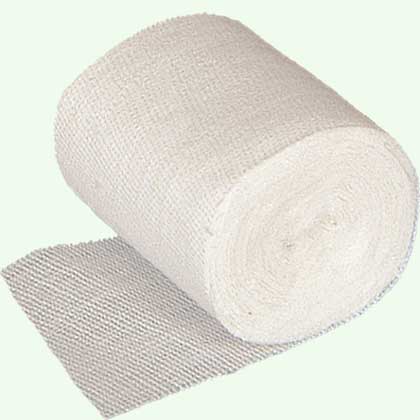 White Open Wove Bandage
White Open Wove BandageCrepe bandages
Crepe bandages are a woven, elasticated bandage used to provide compression to injured areas as recommended by the PRICE method of injury treatment.Conforming bandages
Conforming bandages are very stretchy and conform to the contours of the body. They are usually used to secure dressings in place, particularly on limbs.Cohesive bandages
Cohesive bandages are designed to stick themselves but not to the skin or body hair. This makes them useful for both holding dressings in place and for providing compression to injured muscles and joints.Open wove bandages
Open wove bandages are non-elastic and are typically used to hold dressings in place without applying too much pressure to a wound.Plaster of Paris
Plaster of Paris bandages are used to create casts to provide rigid immobilisation for fractured or broken limbs.What are dressings used for?
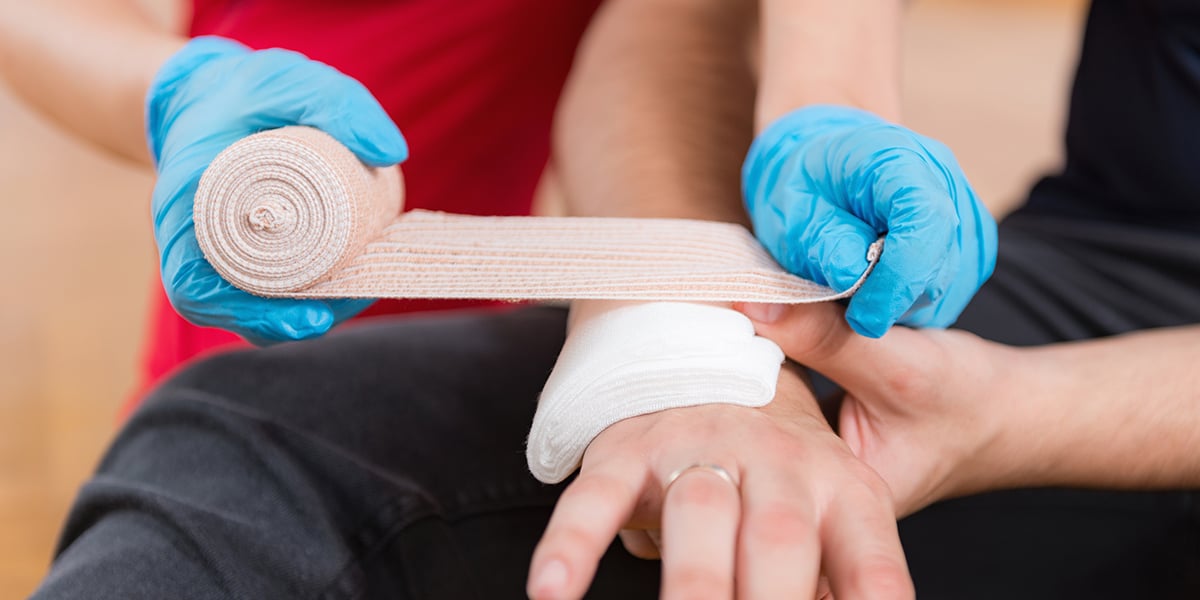
Dressings are soft pads designed to help wounds heal quickly by creating a moist environment conducive to wound repair. For example, if a wound is dry, a dressing that increases moisture would aid healing and if a wound is too moist, a dressing that absorbs excess fluid would be necessary.
Visit our blog to find out more information about dressings.
Examples of dressings
Sterile cloth dressings
Sterile cloth dressings are the most commonly used dressings and are usually made from polyester, cotton, woven silk or rayon, making them breathable.Adhesive dressings
Adhesive dressings are small, flexible sheets of material with a non-sticky side and a side with a dressing pad surrounded by adhesive material.Hydrogel dressings
Hydrogel dressings are ideal for soothing dry wounds and wounds that are shedding dead tissue. Typically used as an emergency dressing for burns, hydrogel dressings soothe pain and help wounds to heal and fight infection.Eye dressings
Eye dressings are shaped to comfortably fit over a casualty’s eye and are usually fitted onto a bandage for ease of application.Stock up and be prepared for any accidents
Both the HSE and the British Standard require first aid kits to be properly stocked with triangular bandages and sterile dressings of multiple sizes, as they are some of the most used first aid items in the event of an injury. Check out our HSE and BS compliant workplace first aid kits.Find out more about what basic contents to put in your home first aid kit, learn the legal requirements for school first aid kits, and make sure you’re aware of what first aid kit you need in your workplace.
Shop our range of bandages and dressings.
Read our other blogs for more information on first aid or contact us for further advice and information on our products.
About the author:
Jo Stokes is a writer, marketer and trained first aider at First Aid Online.
Find out more about Jo.
By Jo Stokes


